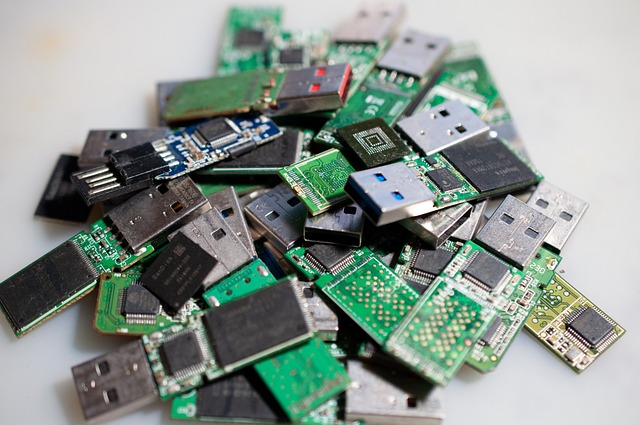Mastering Flash Sync: A Photographer’s Guide to Exposing Perfect Shots
In the dynamic world of photography, achieving the perfect exposure is both an art and a science. One of the critical elements in this equation is flash sync. Understanding this component can elevate your photography, allowing you to capture stunning images that tell compelling stories.
Understanding Flash Sync
Flash sync refers to the synchronization between your camera’s shutter and the flash firing. This timing is crucial when you’re working in conditions where natural light alone isn’t sufficient. The right flash sync ensures that your subjects are perfectly illuminated, preventing those dreaded dark areas or overexposed highlights.
Mastering the Technique
To truly grasp the essence of flash sync, we first have to consider how modern cameras interact with flash systems. Most cameras have a native flash sync speed – a specific shutter speed at which you can use flash without experiencing black bars or partial exposures. This speed typically ranges from 1/200 to 1/250 of a second for many DSLRs and mirrorless systems.
To maximize the potential of your shots, practice adjusting your camera’s settings. If you go beyond the native sync speed, you may inadvertently cut off part of the flash’s output, resulting in less-than-perfect images. Embrace the limitations and learn to work within them, experimenting with slower shutter speeds to let ambient light breathe into your compositions.
Using High-Speed Sync
For those occasions when you want to shoot with a wide aperture in bright daylight, high-speed sync becomes invaluable. This technique allows you to exceed the native flash sync speed, firing the flash multiple times during the short duration of the shutter being open. This means you can achieve dreamy backgrounds and sharp subjects, all beautifully illuminated.
To utilize high-speed sync effectively, you must ensure that your flashes are compatible. Many speedlites and studio flashes today are built with this feature, but it’s vital to check your gear before heading out on a shoot. With high-speed sync, you can create those striking portraits against sunlit backdrops that pop off the frame.
The Role of Optics
When you combine flash sync with the right optics, the creative possibilities are infinite. The lens you choose influences not just the exposure but also the mood of your photograph. Whether it’s a 50mm prime lens for stunning bokeh or a wide-angle lens for expansive landscapes, each lens offers unique advantages when paired with flash. Explore how layering your optics enhances the light quality and focus point in your images.
Flash Sync in Practice
As you delve into the world of photography, practice is essential. Set aside time to experiment with various flash sync techniques. Try shooting in low-light conditions with a flash sync speed that compliments your lens and scene. Push the boundaries in different lighting situations, and watch as your confidence grows. Capture candid moments at events, or stage creative shots – both approaches sharpen your skills in leveraging flash effectively.
Remember, every click of the shutter is an opportunity to master your craft. Embrace the challenges of achieving perfect exposure. Let flash sync become a trusted ally on your photographic journey, leading you to breathtaking images that resonate with emotion and storytelling.



